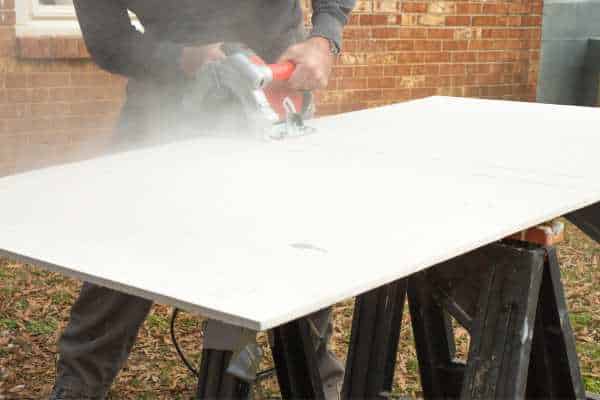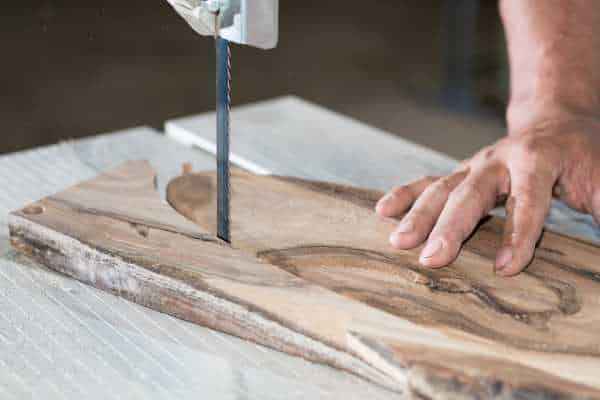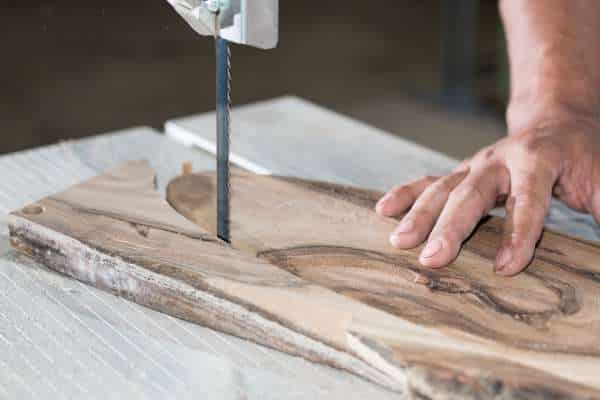Choosing the right blade to cut cement board is crucial for achieving smooth edges, preserving your tools, and minimizing dust. Cement board, commonly used in tiling and construction projects, is a tough material that requires a blade capable of withstanding its abrasive texture. With various blade options available—such as carbide-tipped, diamond, and abrasive blades—understanding which one suits your project best can save time, improve precision, and extend blade life. In this article, we’ll explore the top blades for cutting cement board, compare their strengths and limitations, and provide tips to make your cutting process efficient, safe, and dust-free. Make your next project hassle-free with the right blade choice!
Understanding Cement Board

Cement board is a popular building material known for its durability and resistance to moisture, making it an ideal choice for areas prone to dampness. Made from a mix of cement and reinforcing fibers, this sturdy board provides a reliable, long-lasting foundation, particularly in bathrooms and kitchens where water exposure is common. Often used as a backing for tile installations, cement board ensures a stable surface that can withstand heavy use without warping or deteriorating over time. Understanding the composition and benefits of cement board helps in selecting the appropriate tools—like the right blade—to achieve clean, precise cuts in various construction and renovation projects.
Challenges of Cutting Cement Board

Cutting cement board comes with its own set of challenges. Its dense, abrasive material quickly wears down standard blades, making the task difficult and costly if the wrong tools are used. Dust production is another significant issue, as cement board generates fine dust that can pose respiratory risks and create a mess on your worksite. There’s also a risk of cracking or breaking the board if it isn’t cut properly. Choosing the right blade, such as a carbide-tipped or diamond blade, is essential to reduce these issues. Using the correct blade not only ensures cleaner cuts but also extends blade life and minimizes dust, making the process safer and more efficient.
Types of Blades Used for Cutting Cement Board

Cutting cement board, selecting the proper blade type is essential to achieve clean cuts and preserve your tools. Among the top choices are carbide-tipped, diamond, and abrasive blades, each designed to handle the board’s tough surface. Carbide-tipped blades are popular due to their durability and ability to resist wear, making them ideal for smaller, controlled cuts. While effective, they may struggle with thick or highly reinforced cement boards. Diamond blades, known for their strength, handle these tasks well, providing smooth cuts on dense materials. Abrasive blades offer an affordable option but wear out faster. Choosing the right blade enhances efficiency and minimizes tool strain.
Carbide-Tipped Blade
A carbide-tipped blade is a popular choice for cutting cement board due to its durability and precision. Known for maintaining sharpness, these blades handle cement board’s abrasive nature effectively, producing clean cuts without excessive wear. However, carbide-tipped blades may generate dust, requiring protective gear like masks and goggles. They are best used with circular saws at a steady speed to prevent blade damage. While efficient, carbide-tipped blades are not as long-lasting as diamond blades, so proper maintenance and careful handling can extend their lifespan. For optimal results, avoid forcing the blade through the material, which can lead to premature dulling.
Diamond Blade
Diamond blades are a top choice for cutting cement board due to their durability and ability to handle tough materials. Their construction, embedded with industrial-grade diamond particles, allows for precise, smooth cuts without excessive wear. Designed for strength, diamond blades effectively minimize chipping and cracking, making them ideal for cement board projects. To use a diamond blade safely, wear protective gear to avoid dust inhalation, secure the board firmly, and ensure a steady, controlled cutting motion. Keep the blade cool to extend its life by avoiding prolonged, high-speed cuts. Choosing a diamond includeenhances efficiency and accuracy, especially for demanding projects involving Sealant Slab.
Abrasive Blade
An abrasive blade is a versatile option for Blade to cut Cement Board, especially for short-term projects where affordability is key. Made to handle tough materials, it grinds through cement board rather than slicing, effectively managing the cut but generating significant dust. While cost-effective, abrasive blades tend to wear quickly, making them less ideal for larger, repetitive tasks. When using an abrasive include, it’s essential to prioritize dust control, as these blades release fine particles. Proper ventilation and protective gear are crucial for safety. Though effective, consider the blade’s limitations and use it primarily for small-scale or one-time cuts on cement Slab projects.
Comparing Blade Performance for Cutting Cement Board

Choosing a blade to cut cement board, comparing carbide-tipped, diamond, and abrasive blades helps find the best fit for your project. Each includetype offers unique benefits: carbide-tipped blades are durable but may lack the precision of diamond blades, which provide smoother cuts. Diamond blades are highly effective on tough surfaces, though they can be more expensive. Abrasive include, while cost-effective, may wear out faster and produce rougher edges. Considering includelifespan, cutting precision, and cost-effectiveness ensures an informed choice that matches your needs, delivering clean cuts and lasting performance for Sealant Slab projects.
Essential Safety Tips for Cutting Cement Board
Cutting cement board, safety is essential to prevent dust exposure and avoid injury. Cement board generates a significant amount of fine dust, which can be harmful if inhaled. Equip yourself with a quality dust mask to protect your lungs, and wear safety goggles to shield your eyes from debris. Durable gloves are also crucial to prevent cuts and abrasions. To reduce dust, work in a well-ventilated area, and consider using a includespecifically designed for Sealant Slab to minimize particle release. By following these essential safety tips, you’ll create a safer, cleaner workspace while ensuring precise cuts for your project.
Tools Compatible with Cement Board Blades

For cutting cement board effectively, certain tools work best when paired with the right blades. Circular saws, angle grinders, and jigsaws are top choices for this task, each offering distinct benefits. A circular saw with a carbide-tipped or diamond includeallows for straight, precise cuts, while an angle grinder is ideal for smaller cuts and detailed areas. Jigsaws equipped with carbide-grit blades handle curves and tight spaces with ease. Adjustments, like setting the circular saw to a shallow depth or using lower speeds on an angle grinder, can improve control and reduce wear on the include. Choosing the right tool and settings ensures smooth cuts and longer-lasting equipment.
Tips for Extending Blade Life
Extending the life of your blade when cutting cement board is all about using the right techniques. Begin by cutting slowly and steadily, avoiding forced pressure that can cause overheating and dull the blade faster. To minimize wear, ensure your blade stays sharp by cleaning off any debris or Sealant dust after each use. Consider wet cutting if your tool allows it, as this can reduce friction and prolong includelife. Use shorter, controlled cuts instead of continuous, long passes to lessen strain on the include. With these tips, you’ll keep your blade sharp, efficient, and ready for future projects without the need for frequent replacements.
Conclusion
Selecting the right blade for Blade to cut Cement Board can make all the difference in efficiency, precision, and include longevity. Understanding the unique benefits of carbide-tipped, diamond, and abrasive blades helps ensure you’re prepared for the challenges that cement Slab presents. Each include type has specific strengths tailored to different project needs, so choosing the best option will save time, reduce dust, and extend the life of your equipment. By following the right techniques and safety tips, you’ll achieve a clean, professional cut every time. Whether you’re a DIY enthusiast or a professional, the right include choice will make your cement Slab projects smoother and more successful.

